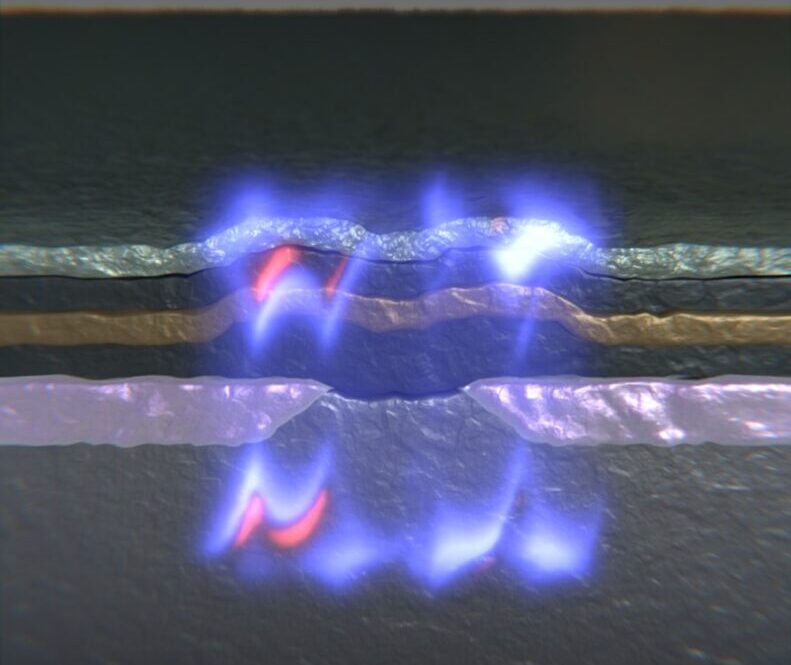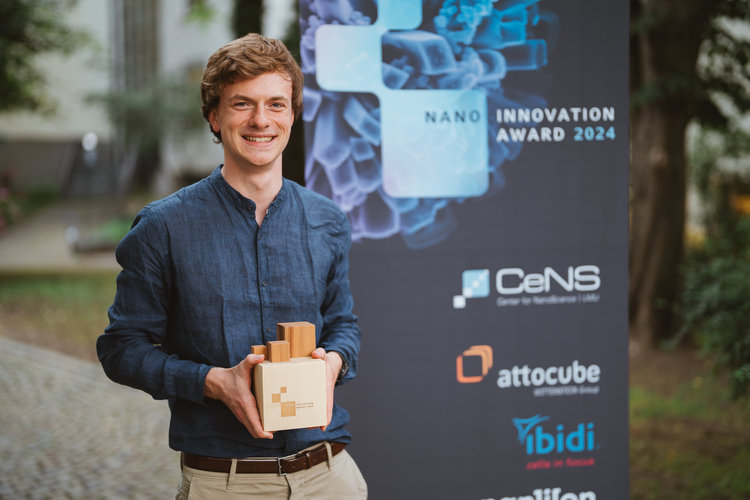A breakthrough in quantum computing has been achieved by an international research team from QuTech and the University of Copenhagen, who successfully developed a novel superconductor-semiconductor hybrid device. The innovation centers on integrating a quantum dot in germanium with a superconductor, marking a significant advancement in combining two previously separate quantum computing platforms.
The research addresses a fundamental challenge in quantum computing: while both semiconductor and superconductor materials can host qubits (quantum bits), each with distinct advantages, they have traditionally been difficult to integrate. Semiconductor spin qubits, created by trapping single electrons or holes in semiconductor structures, offer excellent potential for scaling due to their compact size and compatibility with industrial manufacturing processes. Conversely, superconducting qubits, which function as current loops, can span millimeter distances and enable longer-range connections between spin qubits.
The breakthrough came through a novel fabrication technique developed in Giordano Scappucci‘s group at QuTech. Instead of the traditional approach of growing alternating layers of materials and etching away parts of the semiconductor – a method that often damaged the crucial superconductor-semiconductor interface – the team pioneered a different method. They patterned platinum on top of a grown semiconductor heterostructure and applied heat, causing the platinum to form a superconducting polycrystalline lead (platinum germanosilicide) with the underlying heterostructure in the exact desired pattern.
Led by Anasua Chatterjee, the research team demonstrated that this method could produce superconducting structures as small as 40 nanometers, which could coherently couple to quantum dots used in spin qubit implementations. The process proved particularly effective with germanium, a group-IV material like silicon that’s compatible with CMOS industry standards. Germanium’s advantage lies in its potential for hosting spin-based qubits, and its nuclear spins can be removed through purification to include only nuclear-spin-free isotopes, reducing decoherence.
The team’s success extended beyond mere fabrication. When they designed a device with superconducting leads near a semiconducting quantum dot, they observed a clear signature of a superconducting coupled bound state (known as a Yu-Shiba-Rusinov state). This unexpected discovery demonstrated the robust nature of the integration between the two materials.
Looking ahead, the researchers are exploring the potential of other metals beyond platinum for forming superconducting alloys. Platinum was chosen for this study due to its magnetic field resistance, but materials like niobium might offer additional advantages. The technique opens new possibilities for investigating emerging physics, including the effects of unconventional superconductivity.
The significance of this development lies in its potential for creating heterogeneous quantum processors that leverage the strengths of both semiconductor and superconductor platforms. The method has already proven reproducible, with other experimental teams at IBM and Copenhagen successfully replicating it. This robustness, combined with the technique’s compatibility with industrial processes, suggests promising applications in future quantum technology development.
The research represents a crucial step toward integrating different qubit platforms onto a single chip, potentially combining the scalability of semiconductor qubits with the long-range connectivity of superconducting circuits. This integration could prove vital for developing more sophisticated and practical quantum computing systems.
The researchers published their results in Nature Materials.
The post Integrating a semiconducting quantum dot with a superconductor appeared first on QuTech.



